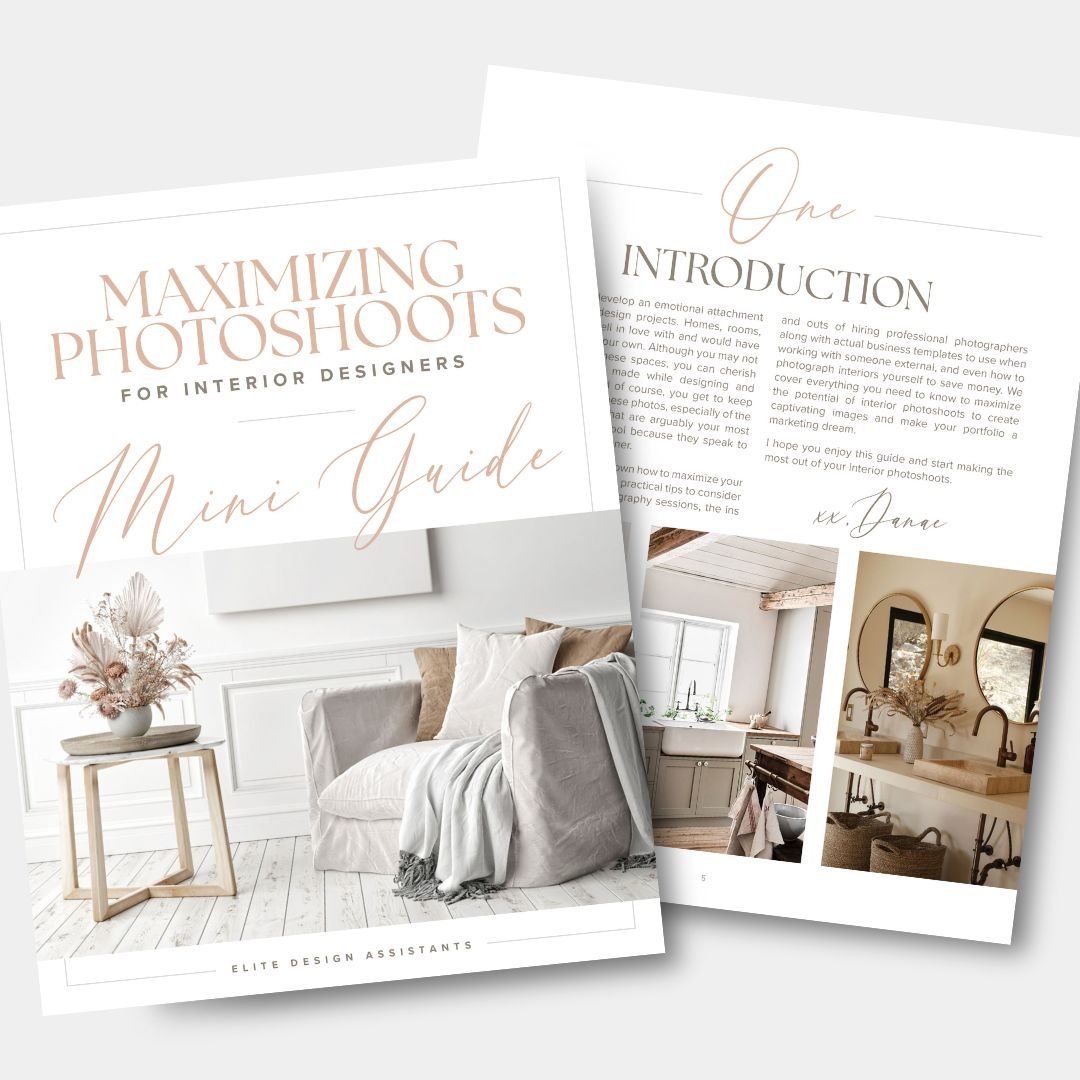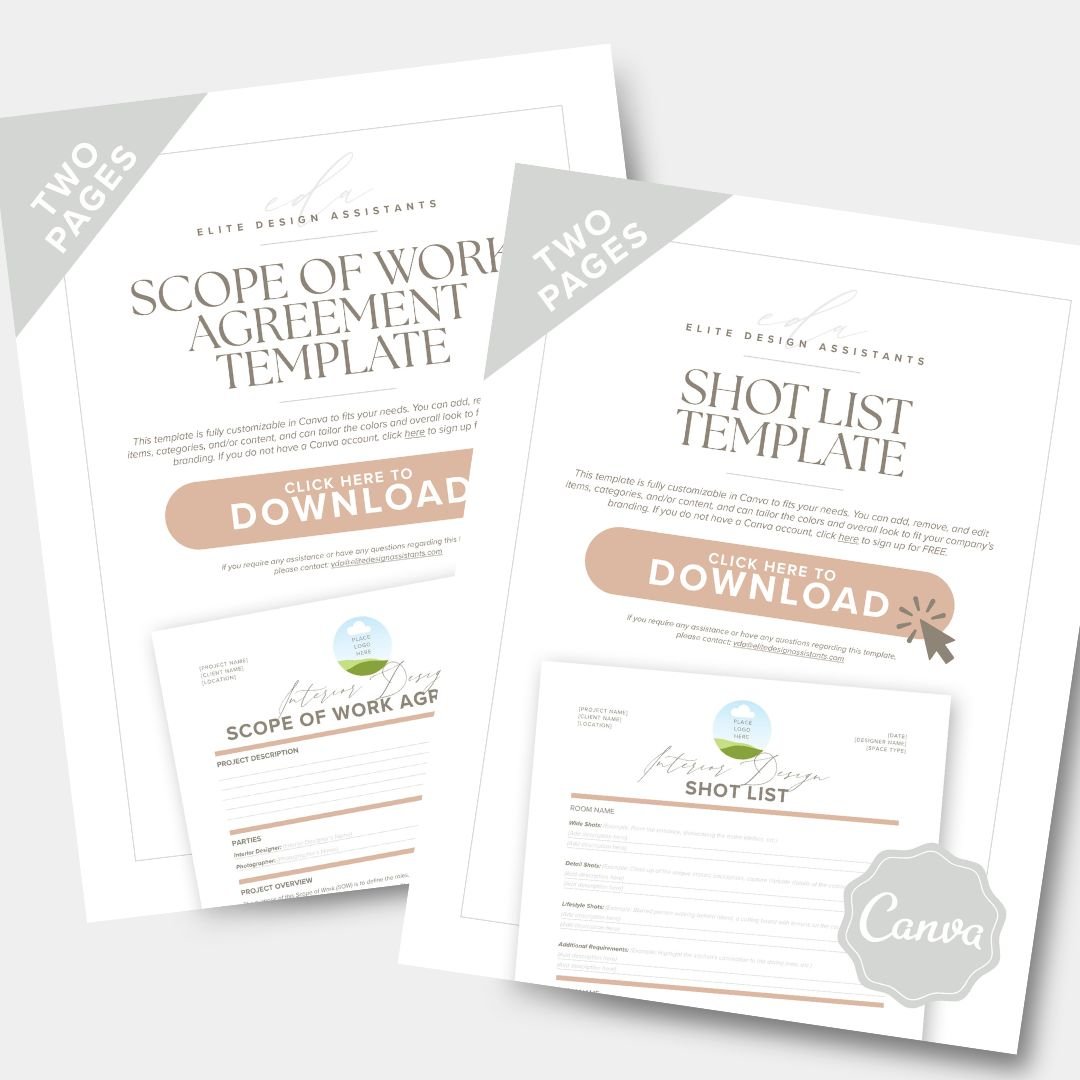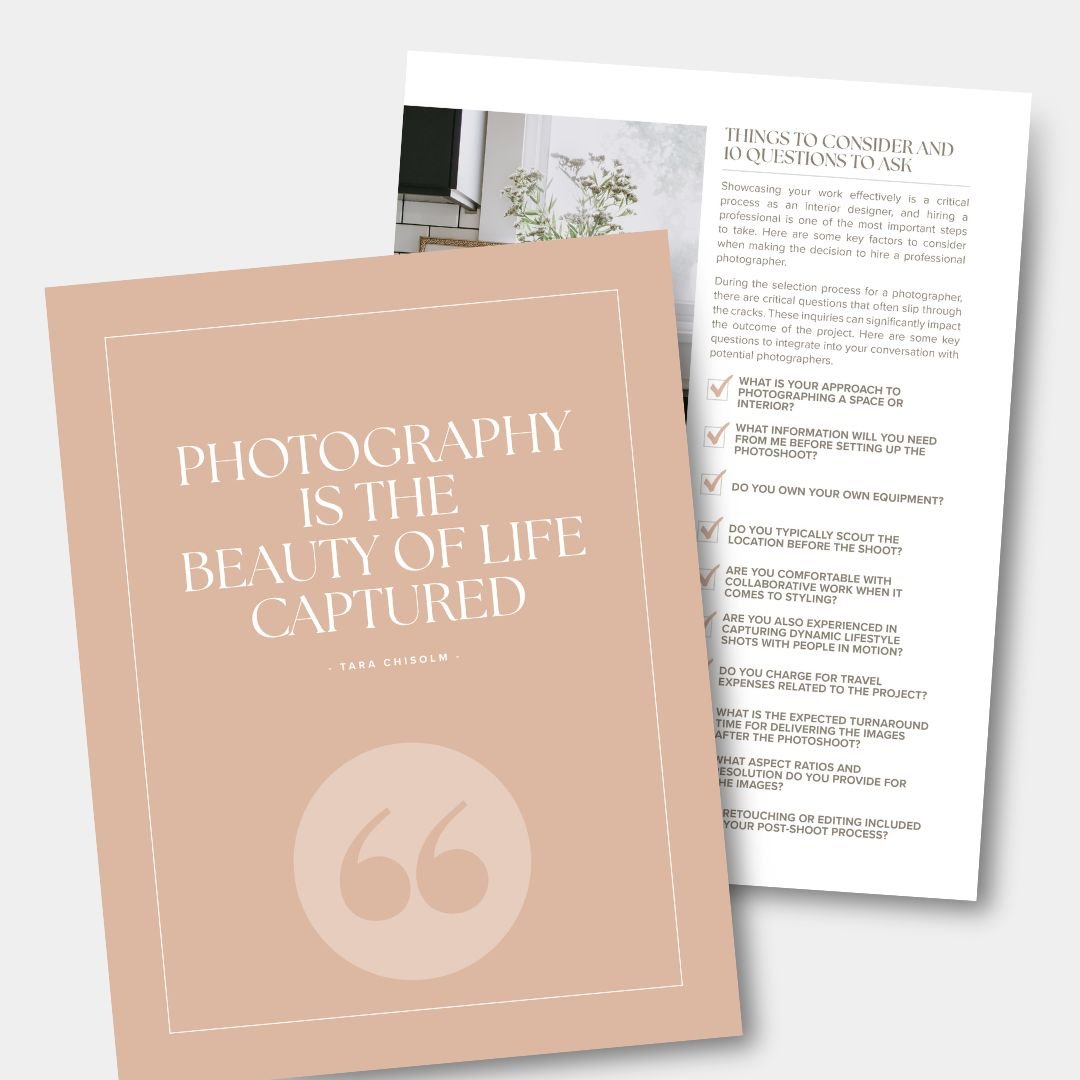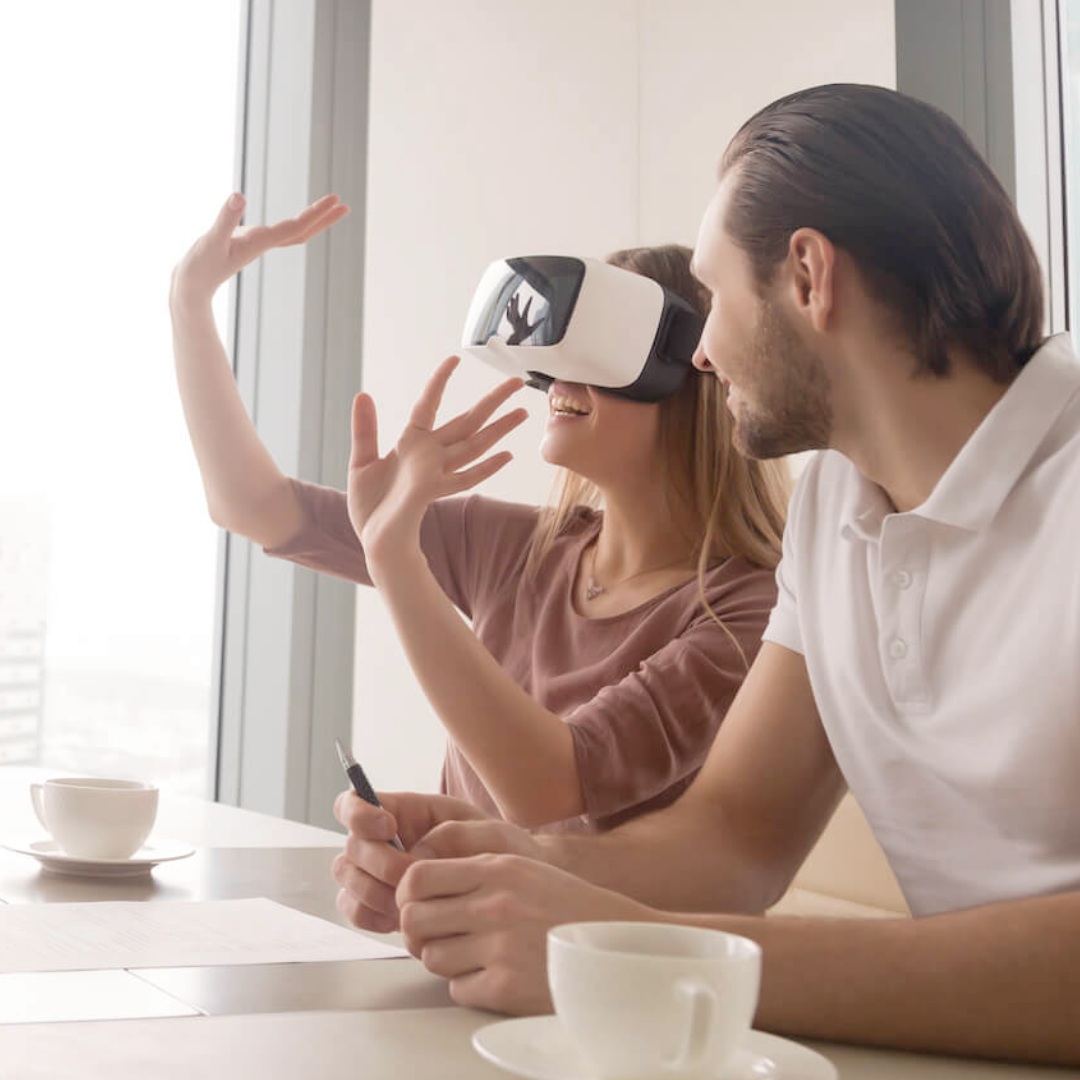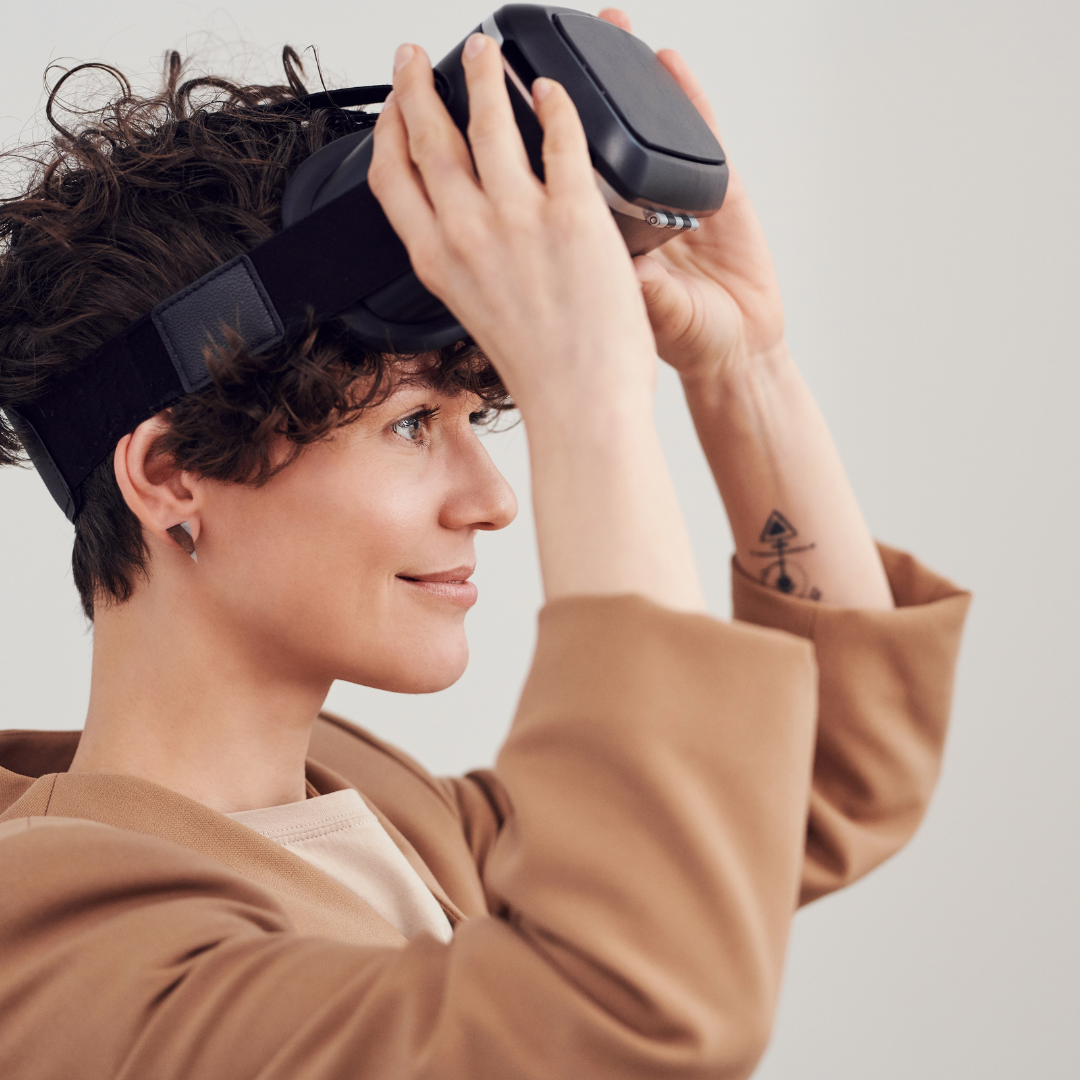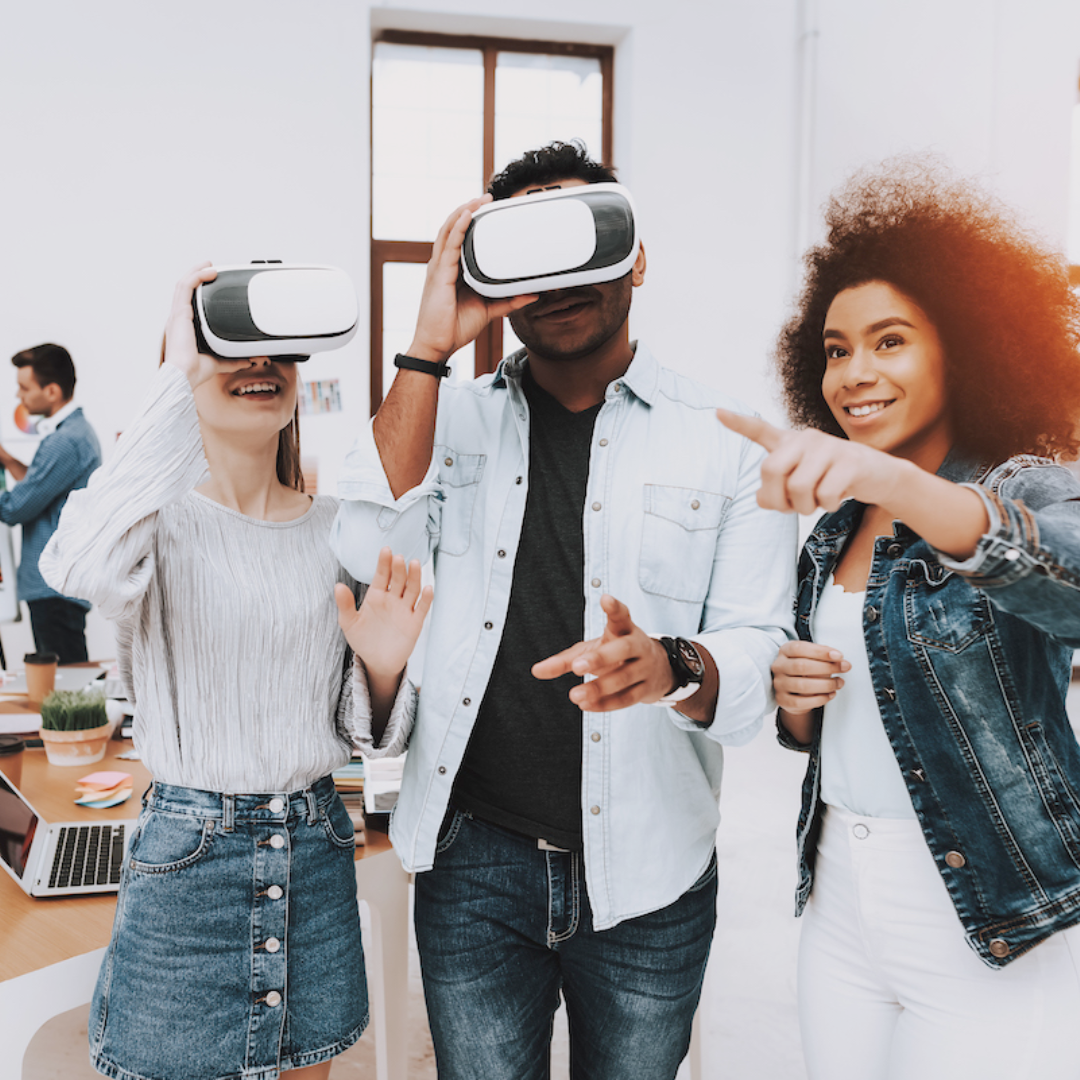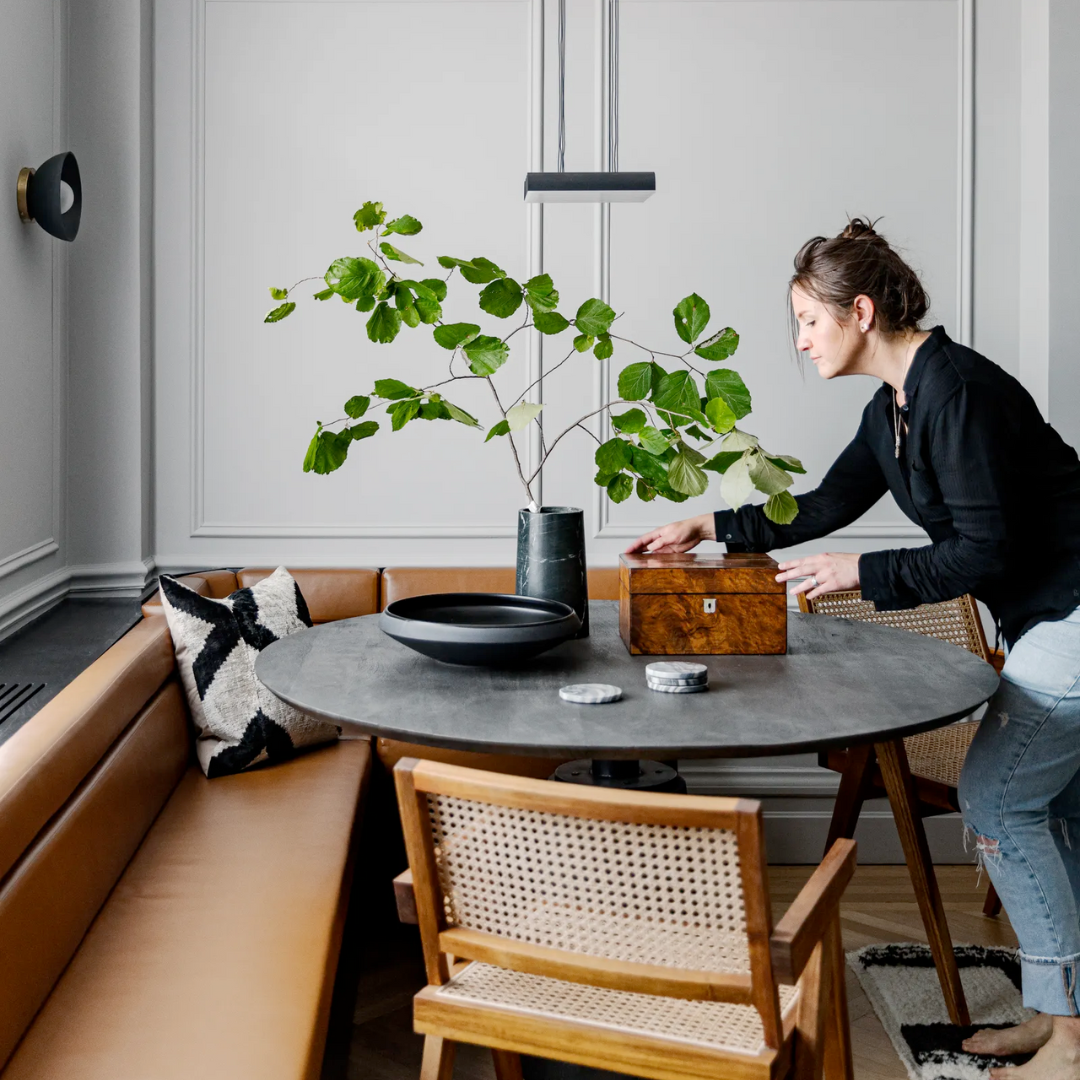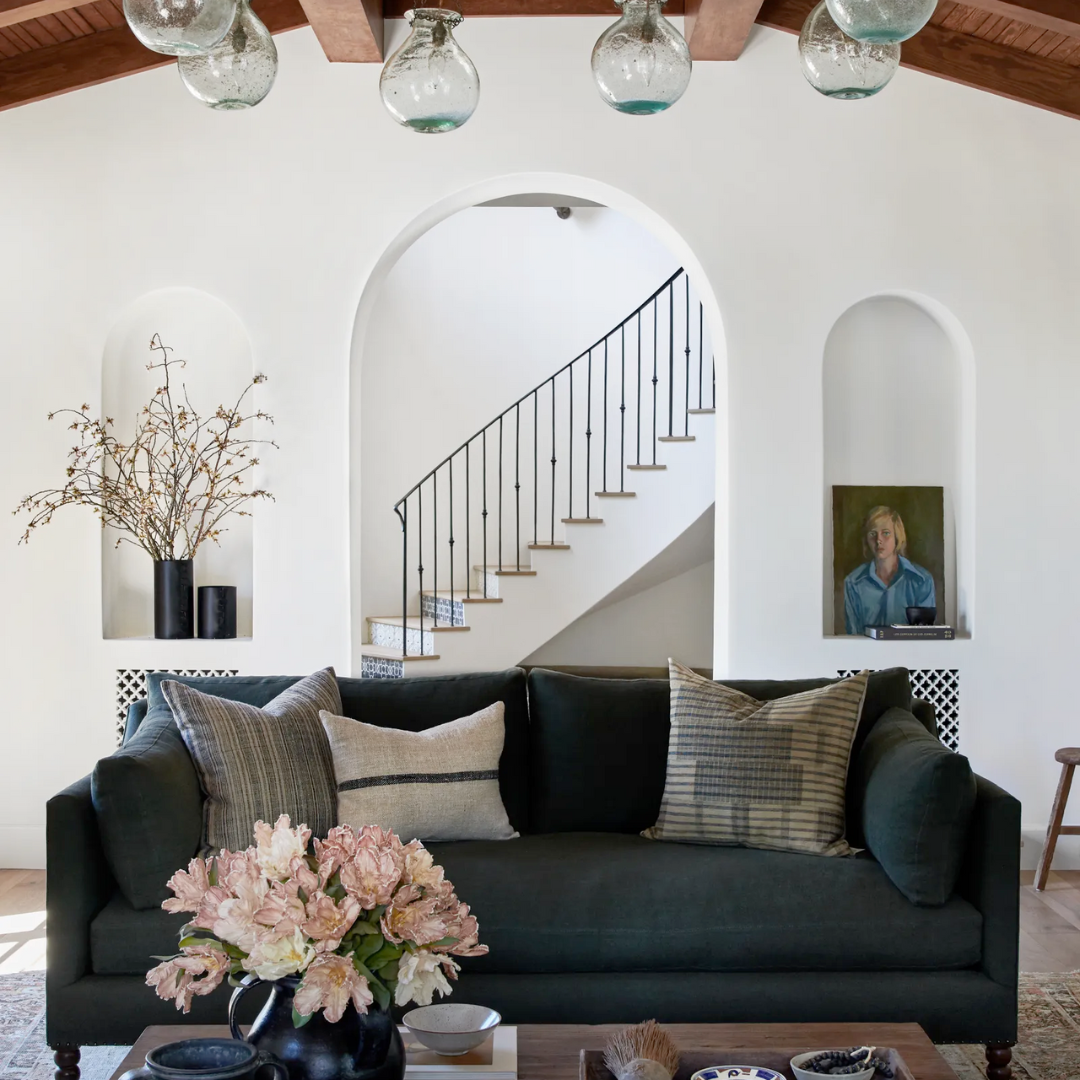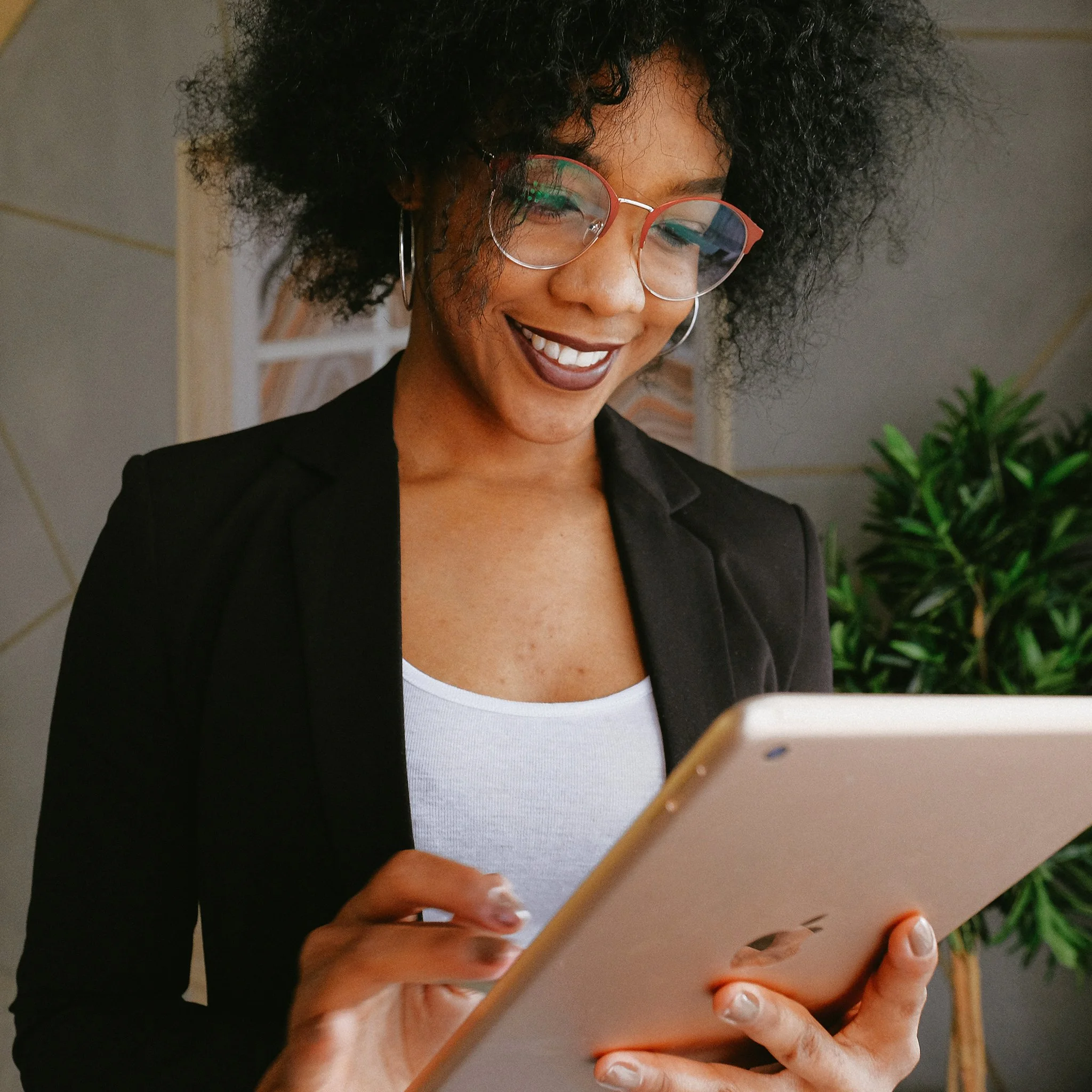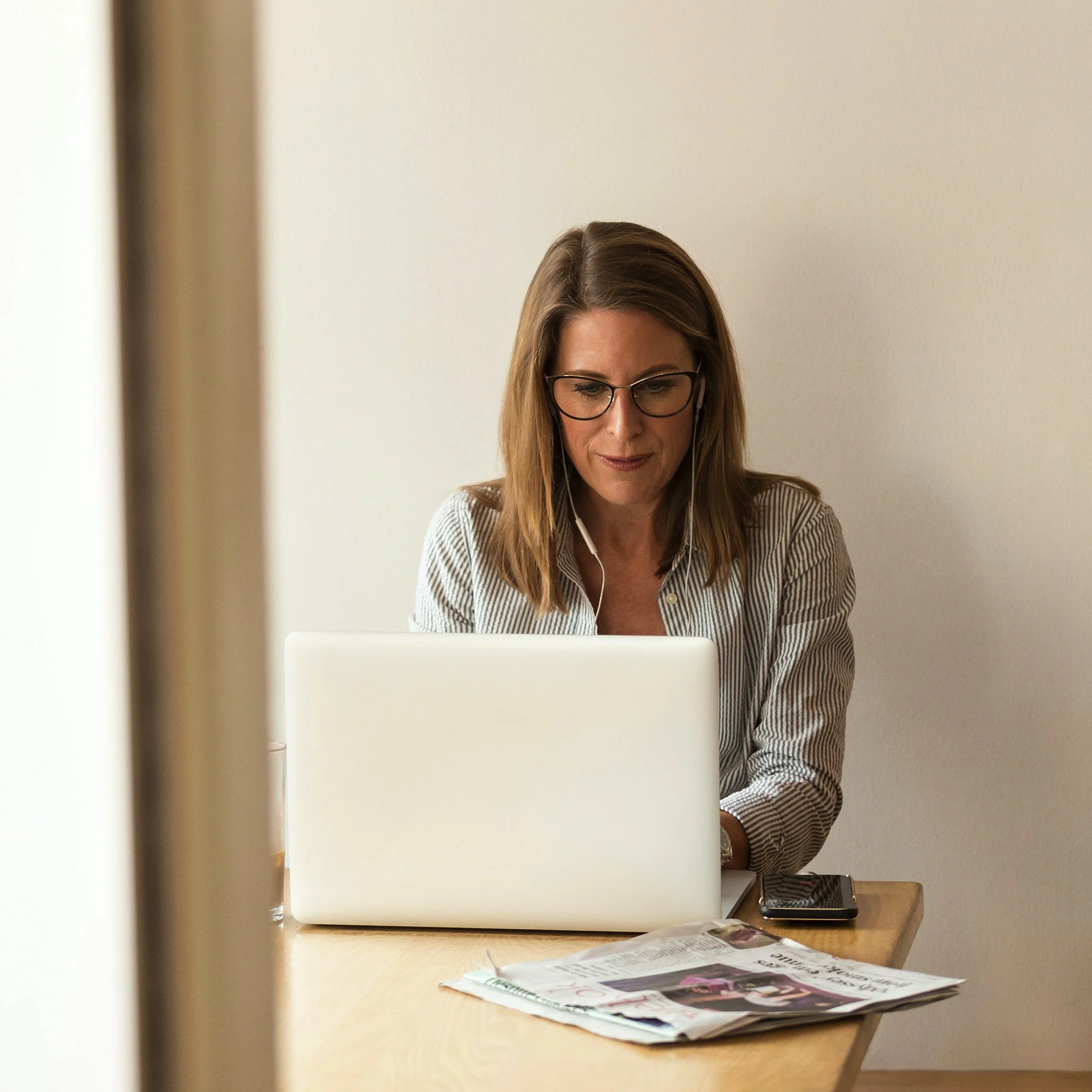When you first entered the world of interior design, what did you picture your day-to-day life looking like? Do you feel bogged down by the many demands of the interior design business?
With the growing popularity of virtual communication and the desire for convenience, many interior design businesses are turning to virtual-only design services as a way to cater to their clients' needs, and also to their own. This means no sourcing, project management, or ordering necessary. Instead, think services such as video call design consultations, shoppable design boards, and style guides.
If you're looking to boost your efficiency, lower your overhead costs, and expand your reach, offering online consults and virtual packages only may be the right move for you. So let’s explore the benefits and how to make the transition.
You might already be fantasizing about the significant advantages that a virtual interior design business can bring. Here are some of the most noteworthy ones:
Increased Efficiency: Eliminating the need for in-person meetings and site visits means you can take on more clients and complete projects faster, increasing your overall efficiency and profitability.
Greater Flexibility: By offering virtual design services, you have the flexibility to set your own schedule and work from anywhere. This allows you to accommodate clients in different time zones, as well as your own travel plans or daily activities.
Lower Overhead Costs: Eliminating sourcing, project management, and ordering from your business model can significantly reduce your overhead costs. You can likely thrive with a small hired staff or even outsource all tasks you need help with to a Virtual Design Assistant, allowing you to focus on the aspects of the business you enjoy most.
Expanded Client Base: Virtual design services make it possible to work with clients from all over the world, greatly expanding your client base. This ultimately means opening the door to new and more business opportunities.
If you're excited about the prospect of these benefits, feel comfortable with the limited scope of services, and have excellent communication skills, a virtual interior design business model may be ideal for you. Continue reading for 7 tips on how you can make the transition:
1. Refine Your Brand
Before you start offering virtual design services, it's important to refine your brand and make sure it aligns with your new business model. Your website and marketing materials should clearly communicate your new services and how they differ from what you used to offer. This is also a great opportunity to take a closer look at your branding elements like your logo, and make sure that your website and social media profiles clearly convey the type of services you provide and what makes you stand out from other interior designers.
2. Streamline Your Process
To make your virtual design services as efficient as possible, it's important to streamline your process. You will still benefit from using online tools to manage project timelines, but you may only need basic project management software, such as Asana or Trello. AutoCAD or SketchUp are still key when it comes to space planning, QuickBooks for bookkeeping, and Canva is a popular favorite for design boards and presentations. Creating shared Pinterest boards is a great way to stay on the same page with your clients about the design direction. Whether you plan on working from different locations or not, it's highly recommended to use cloud storage like Dropbox.
3. Set Your Rates
Virtual design services typically have a lower price point than traditional design services, but it's important to set your rates based on your experience, expertise, and the value you provide. Do a bit of research into industry standards and reassess your new business expenses before making your decision. Consider offering packages or bundles to make pricing more transparent for clients.
4. Build Your Online Presence
Since virtual design services rely heavily on online communication, it's important to build your online presence. This includes having a professional website set up to receive online payments and maintaining active social media accounts. You’ll also need a strong portfolio of past projects. This is particularly important because arranging a professional photoshoot of your completed virtual projects can be difficult. You may also need to invest in online ad campaigns to get your new endeavor off the ground.
5. Provide Exceptional Customer Service
Virtual design services require a high level of communication and customer service to be successful. Make sure to set clear expectations with clients, respond to inquiries promptly, and provide frequent updates throughout the design process. Clients may choose not to work with a virtual designer due to a lack of communication, personal connection, and ultimately, trust.
6. Set Clear Terms
Create a clear communication plan with your clients that outlines your working process and expectations for remote collaboration. It's also important to establish a detailed contract that covers key details of your virtual services, including payment terms and project timelines. This not only helps avoid misunderstandings or legal issues but also ensures that clients feel in the loop and taken care of throughout the design process.
7. Update Your Office Space
Even if you may not be meeting clients in person, providing online design consultations as a primary service means it’s worth investing in your backdrop, webcam, microphone, and lighting to convey your design expertise and professionalism. If you'll be spending more time sitting than before, it might be a good idea to consider investing in a more comfortable and ergonomic desk chair.
Making the transition to virtual design services requires careful planning and preparation, but with the right approach, it can be a rewarding and profitable venture. Good luck!
xx, Danae

